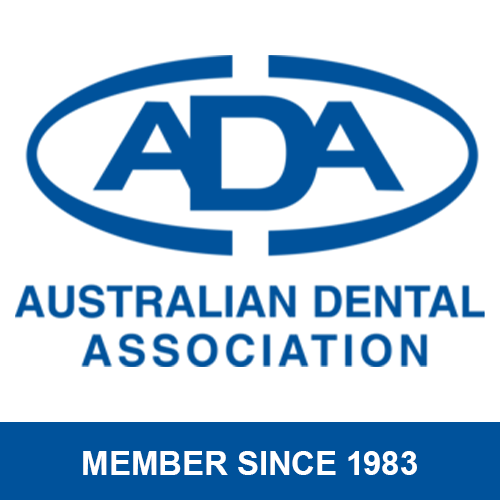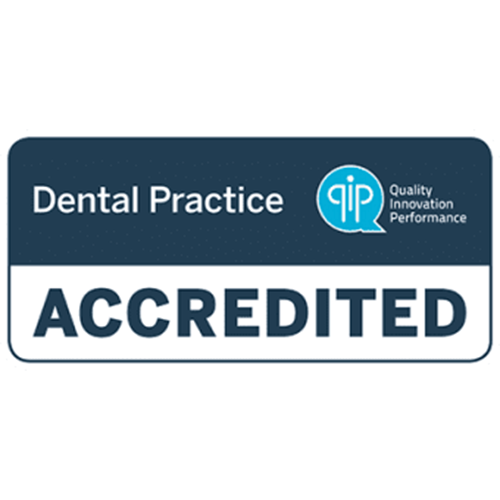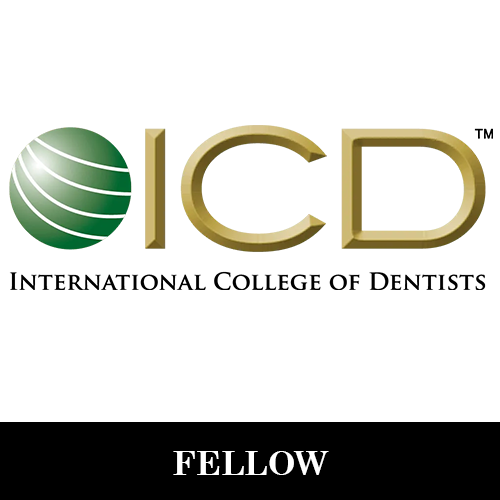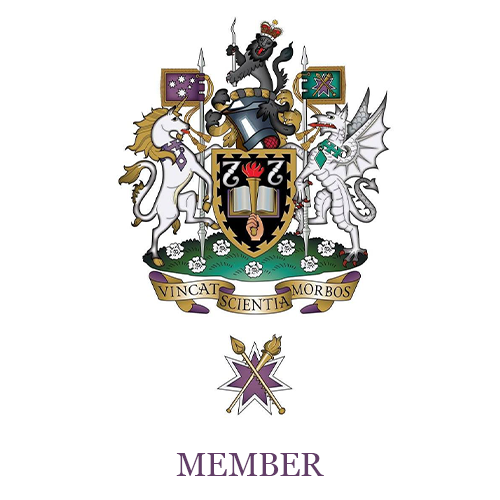How to Clean and Store a Toothbrush
A Discussion on What works and What Doesn’t for storing and keeping a toothbrush clean
No matter what toothpaste or mouthwash you use, it will be hard to have fresh breath and good oral health if the toothbrush you use is overrun with bacteria, mold, and decaying food particles. A clean toothbrush that is in good condition is essential for good oral hygiene and in killing the germs that cause bad breath. There are a lot of myths and ideas that surround how to store and keep your toothbrush clean from bacteria and other particles such as storing your toothbrush as far away from the toilet as possible and in a closed container. Some of these are important and effective in sustaining proper health, while others are unnecessary, not worth the time, or are just plain too expensive. In this article we will discuss proven methods that will keep your toothbrush clean and in optimum working performance and also discuss why other methods may be too much work for too little results.
Cleaning and Storing Basics
This is a list of things that work and that are the most useful in keeping a clean effective toothbrush.
Rinse it
The easiest way to keep your toothbrush clean is to rinse it with hot water (hot water cleans and kills germs easier) before and after brushing. Use your thumb and move it back and forth against the bristles while underneath or in water. It is important to do it before brushing as well as after because airborne bacteria or other particles such as dust may have settled on the toothbrush since your last brushing.
Dry it
The bacteria that cause gum diseases are anaerobic. That means they live in a low oxygen environment and these bacteria are killed by exposure to air. The simple act of letting your toothbrush dry between brushing will kill many bacteria. Do not store your toothbrush in a covered container where it does not receive adequate ventilation. Also the bristles usually come in contact with the walls of a closed container and that will contaminate the toothbrush unless the toothbrush container was just cleaned.
Store it upright
Storing your toothbrush upright (bristles up, handle down) after use is very important. This allows the water to drain from the bristles easier and all the water and particles collect at the bottom of the handle of the toothbrush. Also you may notice that a nasty scum collects at the bottom of containers that do not have a drain at the bottom, and you do not want your bristles touching that scum that could cause your bristles to collect mold and bacteria.
What is the best toothbrush holder?
A toothbrush holder that holds the toothbrush upright, has good ventilation, and is made so other toothbrushes do not touch each other as to prevent cross contamination. Also some people may prefer toothbrush stands that suspend the toothbrush or have a drain in the bottom to prevent the build-up of scum and gross water. Remember to clean your toothbrush holder regularly. I clean mine once a week at the same time I deep clean my toothbrush.
Don’t swap
It is usually common sense for adults not to swap toothbrushes with each other, but young children need to be taught which toothbrush is theirs and to only use their toothbrush. Color coding or writing names on the toothbrush will help. When people use each others toothbrushes the also swap each other’s germs and could easily cause sickness.
Replace regularly
The ADA (American Dental Association) recommends replacing your toothbrush with a new one every 3-4 months. Personally, I think this is way too long. If you take your time as you brush and if you brush 3 times a day, then the bristles on your toothbrush should be looking pretty haggard at about a months time. Once the bristles get frayed and bent the effectiveness of your toothbrush is drastically lowered. Once your toothbrush isn’t performing as well as it used to, it is time to replace it.
Do toothbrush sanitizers work?
There are many products on the market now that claim to sanitize and kill all the bacteria on your toothbrush. There are antibacterial rinses, UV (ultraviolet) Light Sanitizers, and even antibacterial bristles are found on some toothbrushes. Do they work? Some of them do a good job of killing bacteria while some of them do not live up to their claims. A better question is: Is completely sanitizing a toothbrush every time even necessary? Studies have shown that some of these products do kill bacteria, but there is not a single study that also shows using any toothbrush sanitizer will reduce your risk of getting sick.
Keep in mind that your mouth is swarming with bacteria but only a small percentage of these are considered pathogenic (able to cause disease). Your toothbrush will almost never be completely free of germs, and that’s okay. Many germs don’t affect your health at all. In my opinion these new sanitizers are more trouble for than they are worth because they cost money, are usually harder to clean, and just aren’t necessary.
Deep cleaning and sanitizing a toothbrush
Do not boil, microwave, or place your toothbrush in the dishwasher in order to sanitize it because these may damage your toothbrush. In order to sanitize your toothbrush all you need to do is soak it in an antibacterial solution for at least 10 minutes. Solutions you may use for cleaning are: antibacterial mouthwash that contains alcohol, mixture of 1/3 bleach and 2/3 water, hydrogen peroxide, or vinegar.
When should you deep clean a toothbrush?
There is no proof that you even need to completely sanitize your toothbrush. So you may skip this step if you want to. If you are a little paranoid and just want to ensure that your toothbrush stays clean then sanitize it in solution about once a week.
Storing the toothbrush by the toilet
There have been studies done that small amounts of germs become airborne from the toilet whenever it is flushed. Due to this knowledge some people store their toothbrush as far away from the toilet as possible. Really it only needs to be 2-3 feet away from the mouth of the toilet bowel, and even then it is not proven that the trace amounts of germs collected on the toothbrush will adversely affect one’s health at all. Just to be sure, I would discourage storing toothbrushes on the toilet tank.
What to do with your toothbrush if you are sick
When you are sick there may be more pathogenic bacteria than normal, and when you brush your teeth some of that bacteria is collected on the toothbrush. Studies have not been done to show how much is left after you rinse your toothbrush and if it would be enough to cause you to get sick again in the future or not. Just to be sure, when you are sick disinfect the toothbrush by letting it soak in an antibacterial solution for 10 minutes after brushing each time.
Please call our friendly Dental team to make an appointment so we can discuss your dental needs on
02 4869 3111.
Ref:
http://www.abc.net.au/news/2016-05-23/warrnambool-‘ice’-fight-looks-for-new-approach-to-fight-drug/7437336
Site Links
Our Services
Locations We Service
Contacts
ABN: 40 525 320 779
Trading Hours
- Monday
- -
- Tuesday
- -
- Wednesday
- -
- Thursday
- -
- Friday
- -
- Saturday
- Closed
- Sunday
- Closed













